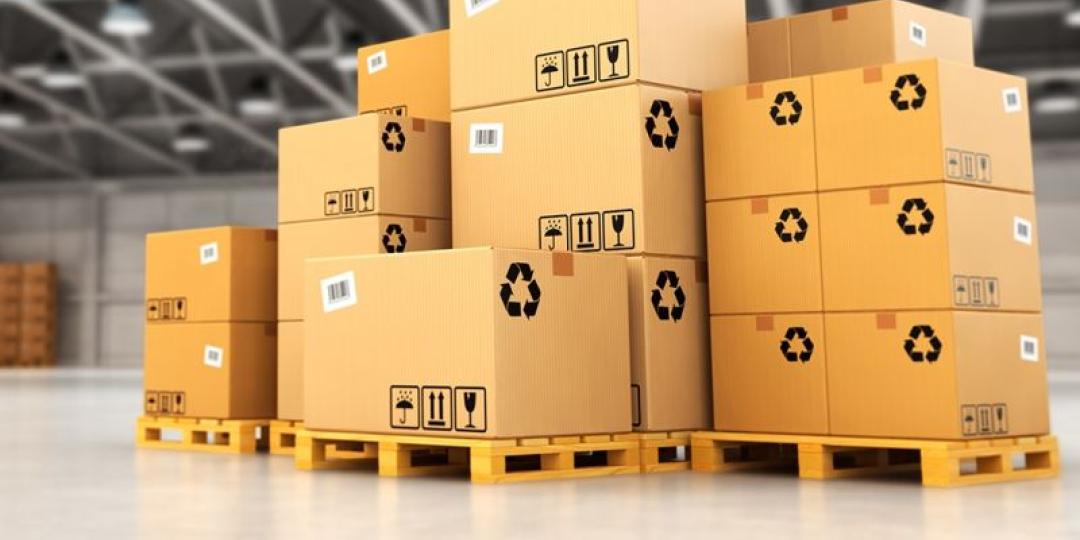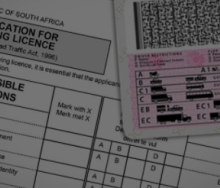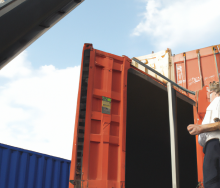Export and import planning is a difficult process that requires both parties (the buyer and the seller) to consider certain factors before shipping their goods around the world. Key factors such as the rising costs of shipping and also natural factors such as the weather may impact on the safety of goods in transit. One of the key factors affecting risk in the supply chain is the way the goods are packed. It is critical that appropriate packaging and storage processes are followed so as to avoid insurers rejecting the claim based on the policy exclusion relating to inadequate packaging. The goods must thus be packaged to be able to endure the perils of sea and or air freight voyages and the related inland movements by road or rail.
What exactly can be considered proper or adequate packaging? Whilst this article cannot possibly provide all-encompassing advice in this regard, packaging is a complex and very specialised topic, it is imperative for new shippers in particular that professional advice is taken on this issue. Goods need to be well packed and this is definitely a case where the penny wise easily becomes pound foolish.
Of course most insurers would expect that all items be steel crated and strapped to a pallet within a fully enclosed brand new container. This is, however, just not feasible but shippers must ensure that standard sea and or air worthy protection is used if they are to avoid the frustration of arguing the issue of packaging with their insurer when the goods arrive damaged.
Secondly, it is also imperative that freight is moved appropriately according to its individual nature. Heavy items to state the obvious should be moved around by forklifts and not manpower. Goods should not be handled too many times within the supply chain and should be moved by professionals with the correct credentials. The characteristics of the goods at risk (which includes weight, size, fragility and value) will determine what type of packaging is required for a particular voyage. In some cases, the buyer may even stipulate what type of packaging must be used for the cargo.
Unfortunately whilst an insurer will never actually confirm in advance of an insured voyage what cover would constitute “adequate packaging” (understandably, in fairness, they are not packaging experts either) they are as indicated able to avoid liability in the event that the experts (generally assessors/surveyors) assert that in their view (post loss) the packaging was not adequate for the voyage and or cargo in question.
Generally when this discussion arises (and it does arise very often in the event of a claim) we would look to confirm that “standard and generally acceptable” packaging for the cargo type and the intended voyage has been used. Standard packaging for a delivery from Rotterdam (for example) to Lyon in France, would not necessarily be considered adequate for delivery of the same goods to Johannesburg in South Africa. The goods must be properly packed for the specific intended voyage and should be able to withstand the expected (not extraordinary) “perils of the sea” and any related inland delivery voyage.










